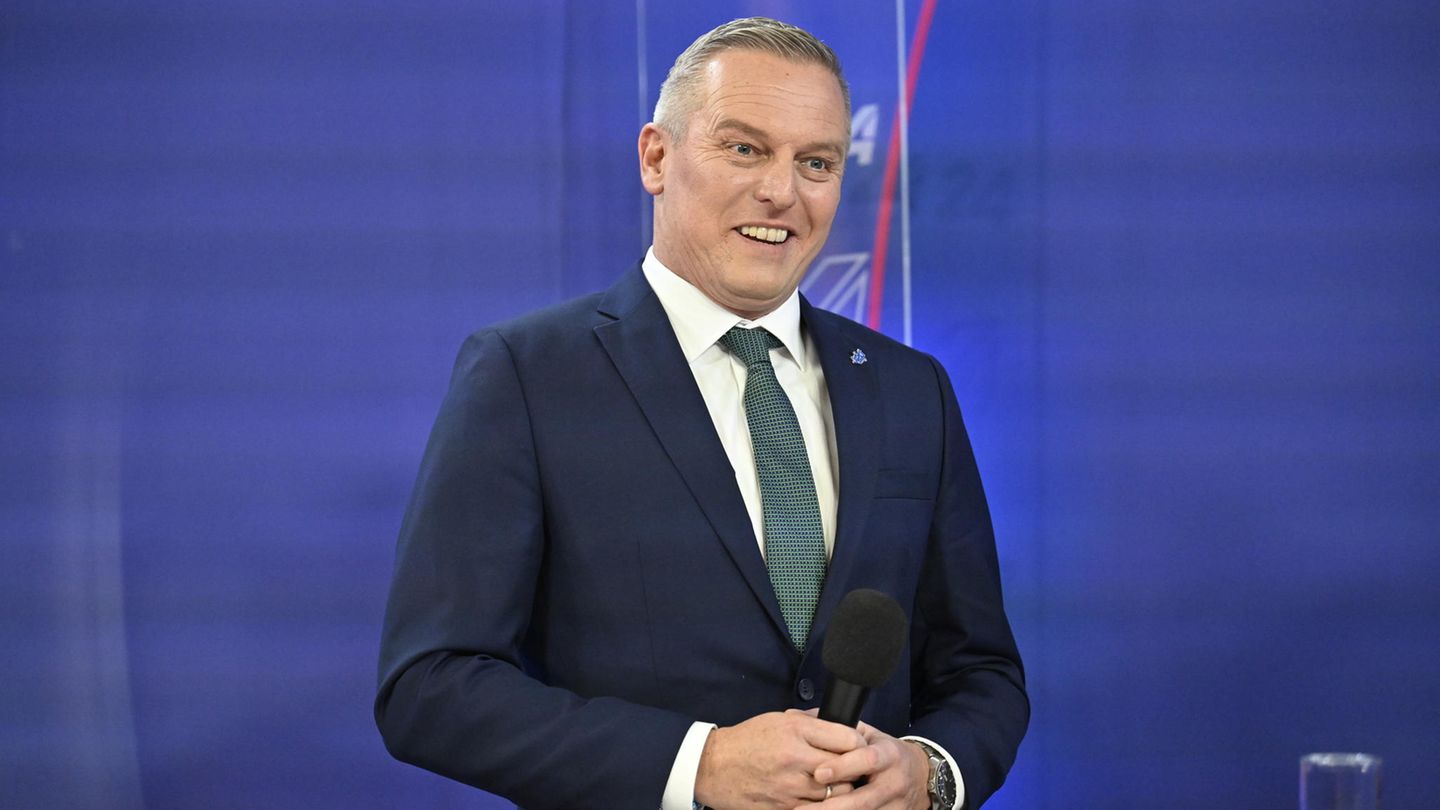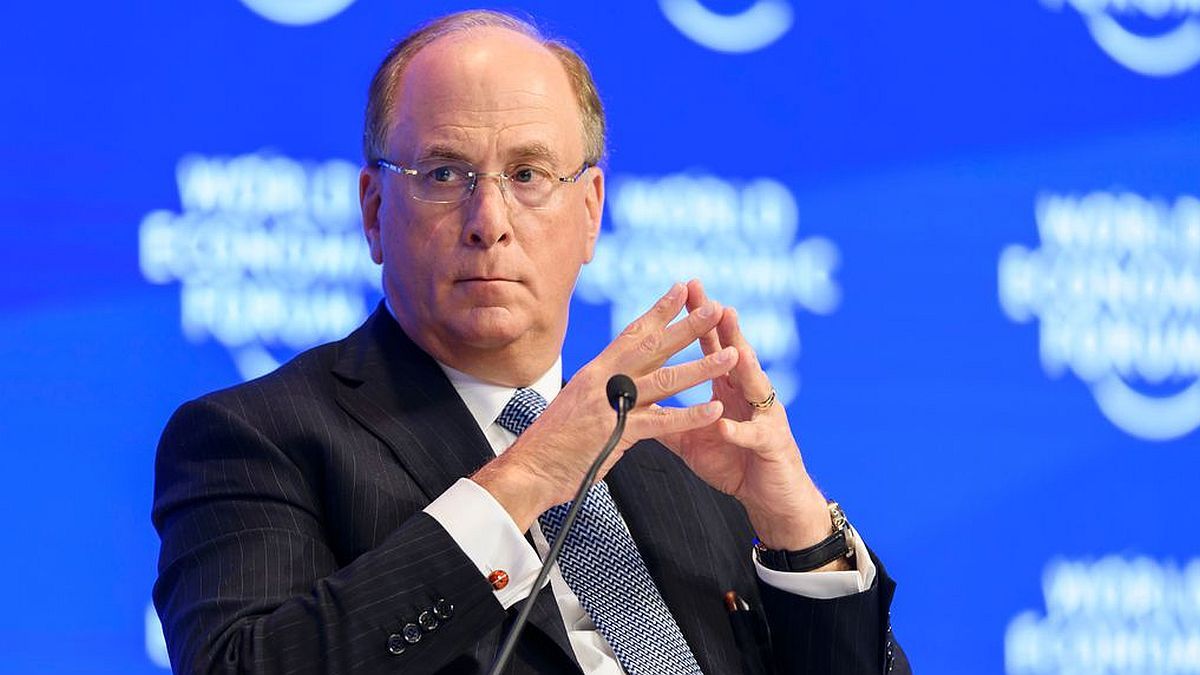State election in Austria
FPÖ doubles its votes in Styria – and becomes the strongest force
Copy the current link
In the elections in Austria, the FPÖ is celebrating one success after another. After the landslide victory at the federal level, the right-wing populists also won a state election.
In Austria, the right-wing populists recorded another clear victory: in the state elections in Styria, the right-wing FPÖ achieved first place by a wide margin with 35 percent. This means that the right-wing populists come in first place for the first time in a state election outside the federal state of Carinthia.
The FPÖ can exactly double its result from the last election – an increase of 17.5 percentage points. The conservative ÖVP, which has previously governed together with the social democratic SPÖ, has 26.9 percent (minus 9.2 percent). The SPÖ is at 21.4 percent – a slight decrease of 1.7 percentage points. At 6 percent, the Green Party only achieved exactly half as much approval.
The election in Styria, the fourth largest federal state in Austria in terms of population, is also seen as a barometer for the mood for the entire country. The FPÖ’s immense gains are in keeping with the trend of the last state election in Vorarlberg and the National Council election in September.
FPÖ can currently only govern at state level
While the FPÖ is still politically isolated at the federal level because of its chairman Herbert Kickl – the 56-year-old is considered too radical by the other parties – the FPÖ in Styria can hope for coalition partners under its top candidate Mario Kunasek.
If the results are confirmed, the previous coalition of ÖVP and SPÖ would have 24 mandates, meaning they would lose their majority in the state parliament with its 48 seats. The FPÖ now automatically receives the task of forming a government in Styria.
The FPÖ’s renewed victory is likely to increase the pressure on the ÖVP, SPÖ and the liberal Neos to succeed. The right had already become the strongest force in parliament for the first time in the National Council election at the end of September with almost 29 percent of the vote. The ÖVP achieved 26 percent, followed by the social democratic SPÖ with 21 percent. At the end of October, the ÖVP, SPÖ and Neos began coalition negotiations.
Note: This post has been updated.
DPA · AFP
cl
Source: Stern
I have been working in the news industry for over 6 years, first as a reporter and now as an editor. I have covered politics extensively, and my work has appeared in major newspapers and online news outlets around the world. In addition to my writing, I also contribute regularly to 24 Hours World.




